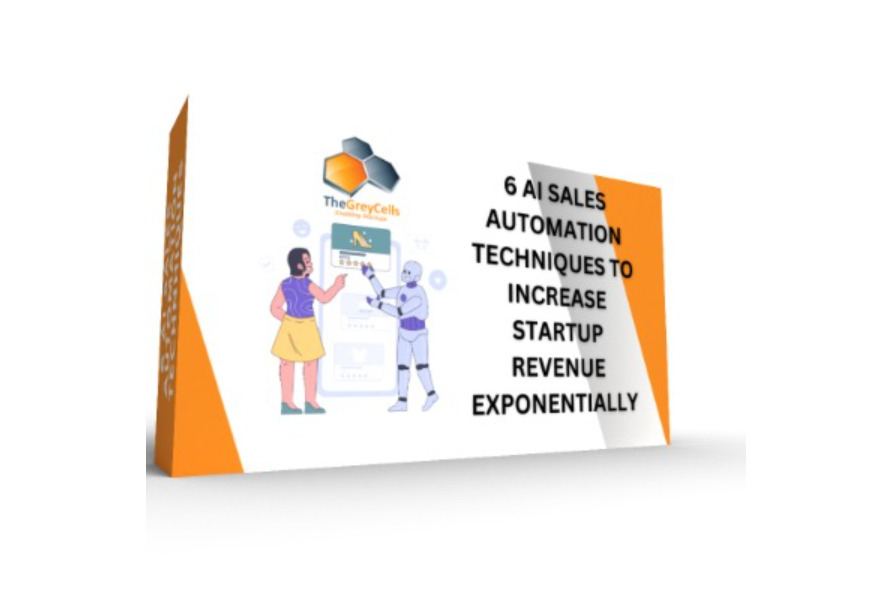How Swiggy Mastered Hyperlocal Delivery: Lessons in Logistics and Market Strategy
“Great companies start because the founders want to change the world, not make a fast buck.” — Guy Kawasaki

THE 7-STEP STARTUP SUCCESS FORMULA - DR. ANU KHANCHANDANI
Every entrepreneur’s journey is a mix of failures and successes. The probability of failure is higher, however, there is a way to grow and keep growing until you build a successful startup. This book is one such guide to help you with 7 formulas for your success.
Transcript
Imagine sitting comfortably at home, craving your favorite dish from that quaint restaurant across town. It’s raining outside, and the last thing you want to do is step out. Enter Swiggy, with its promise to deliver your favorite food right to your doorstep, rain or shine. This isn’t just convenience; it’s revolutionizing how we interact with our food choices. Today, we’re peeling back the layers of this culinary logistics marvel, exploring how Swiggy has mastered the art of hyperlocal delivery.
Back in 2014, three young entrepreneurs from Bengaluru saw a gap in the market. India’s bustling food industry was booming, yet there was no reliable way to get food delivered from your favorite restaurants swiftly. This trio, Sriharsha Majety, Nandan Reddy, and Rahul Jaimini, started Swiggy with a simple yet ambitious vision: to revolutionize India’s eating habits.
Swiggy’s journey began with a focus on logistics, a challenge that many before them had attempted to tackle but couldn’t perfect. They introduced a model that was relatively unheard of in the Indian market at the time—hyperlocal delivery, ensuring that food ordered from nearby restaurants was picked up and delivered quickly by a dedicated fleet of delivery personnel equipped with smart technology.
What really makes Swiggy stand out is how they’ve used technology to empower both ends of their service spectrum—the restaurant partners and the customers. Their robust app interface provides a seamless ordering experience, real-time tracking, and customer support that sets them apart in the food delivery industry.
But it’s not just about technology; it’s also about understanding the local market. Swiggy recognized early on that different cities have different dining cultures and traffic patterns. They customized their logistics algorithms to handle variables like peak meal times, typical preparation times, and even the weather conditions—ensuring that whether you’re ordering a hot coffee on a rainy evening or planning a meal for a sunny family gathering, Swiggy delivers promptly.
And speaking of delivery, let’s talk about Swiggy’s delivery partners. These folks are the real MVPs behind the scenes. By providing them with flexible working hours, fair compensation, and respect, Swiggy has managed to create a motivated workforce that’s reliable and efficient. This is crucial because, in the service industry, your frontline workers represent your brand directly to the customers.
Now, let’s consider the impact of Swigly’s model on local businesses. By partnering with Swiggy, small and medium-sized restaurants have been able to reach a wider audience, increase their orders, and grow their brand without the hefty cost of setting up their own delivery system. Swiggy has provided a platform where even the smallest café can compete with the big restaurant chains on an equal footing.
As we wrap up today’s discussion, it’s clear that Swigly’s success story is not just about delivering food. It’s about understanding and solving the logistics of urban India. It’s about creating a business model that’s sustainable, scalable, and, most importantly, customer-centric.
For all the entrepreneurs listening, whether you’re in food service or another industry altogether, think about how you can apply these lessons to your own business. How can you use technology to enhance your service delivery? How can you better understand your local market to meet customer needs more effectively? And how can you support and motivate your team to reflect your brand positively?
Swiggy’s story is a testament to the power of innovative solutions to everyday problems, combined with the right execution and attention to detail. It’s a reminder that great things often start with a simple idea, a deep understanding of customer needs, and the drive to make that idea a reality.
|
|
Thank you for Signing Up |



With over two decades of experience in the software technology arena, having worked in multinational and SME companies in India, USA and Singapore in the capacity of programmer to CTO – I felt now was a good time to give back to the world what I have learnt in this journey. Even if it ends up benefitting a few of my readers by giving them insight or solving a technical issue, I think I will have achieved my mission!



